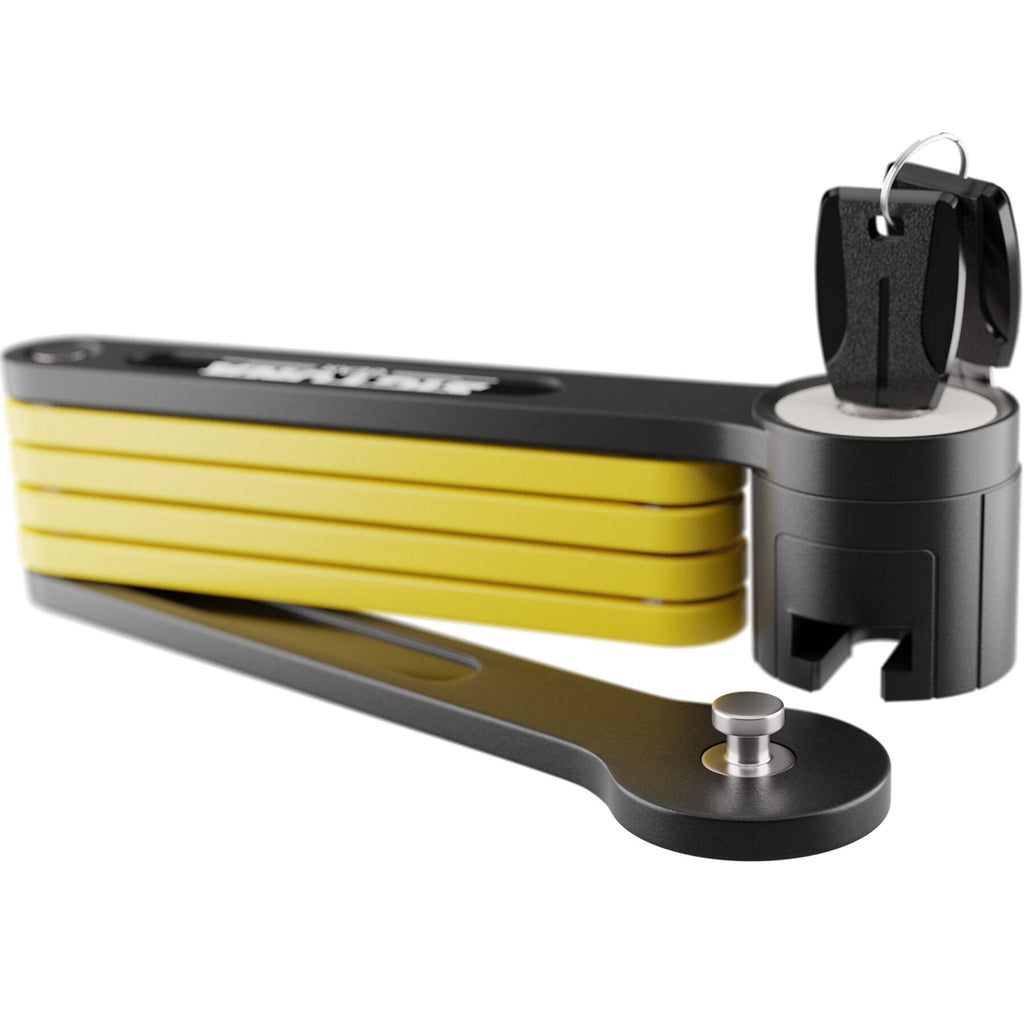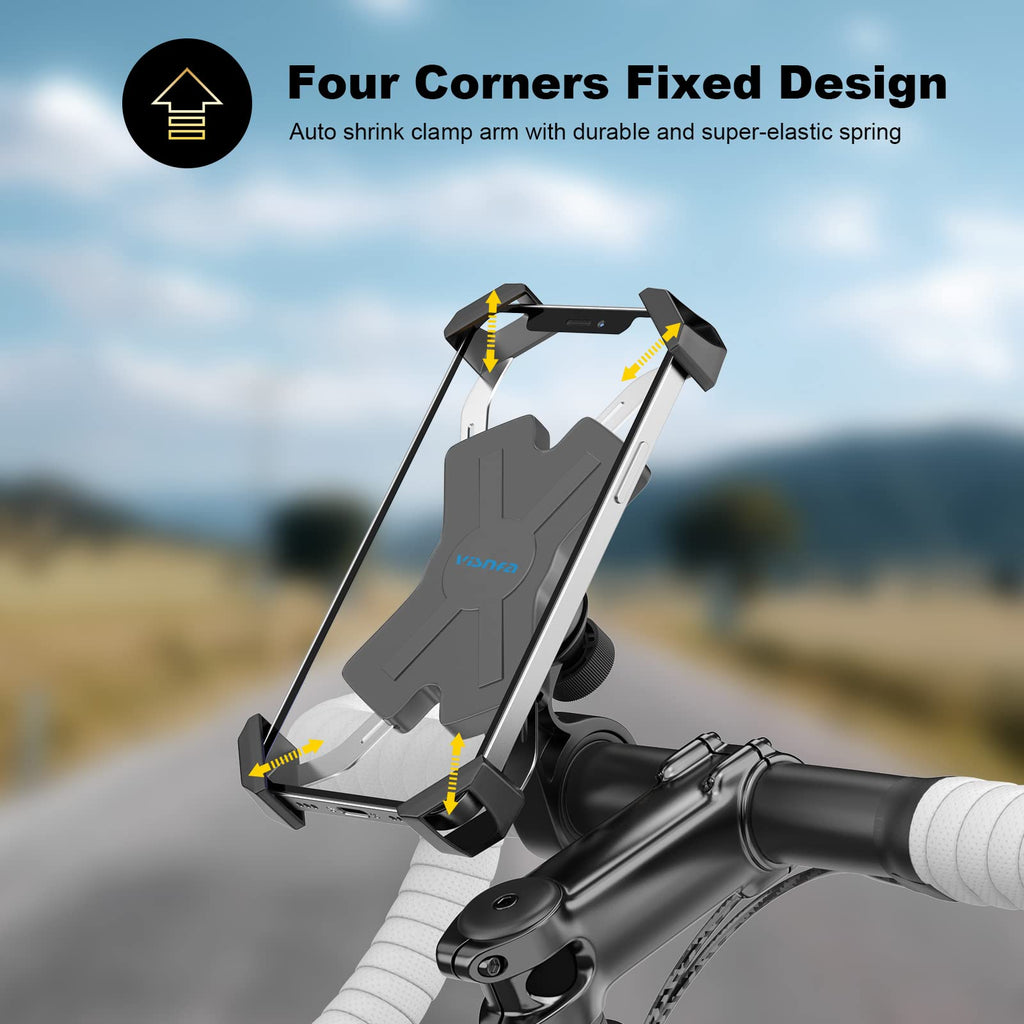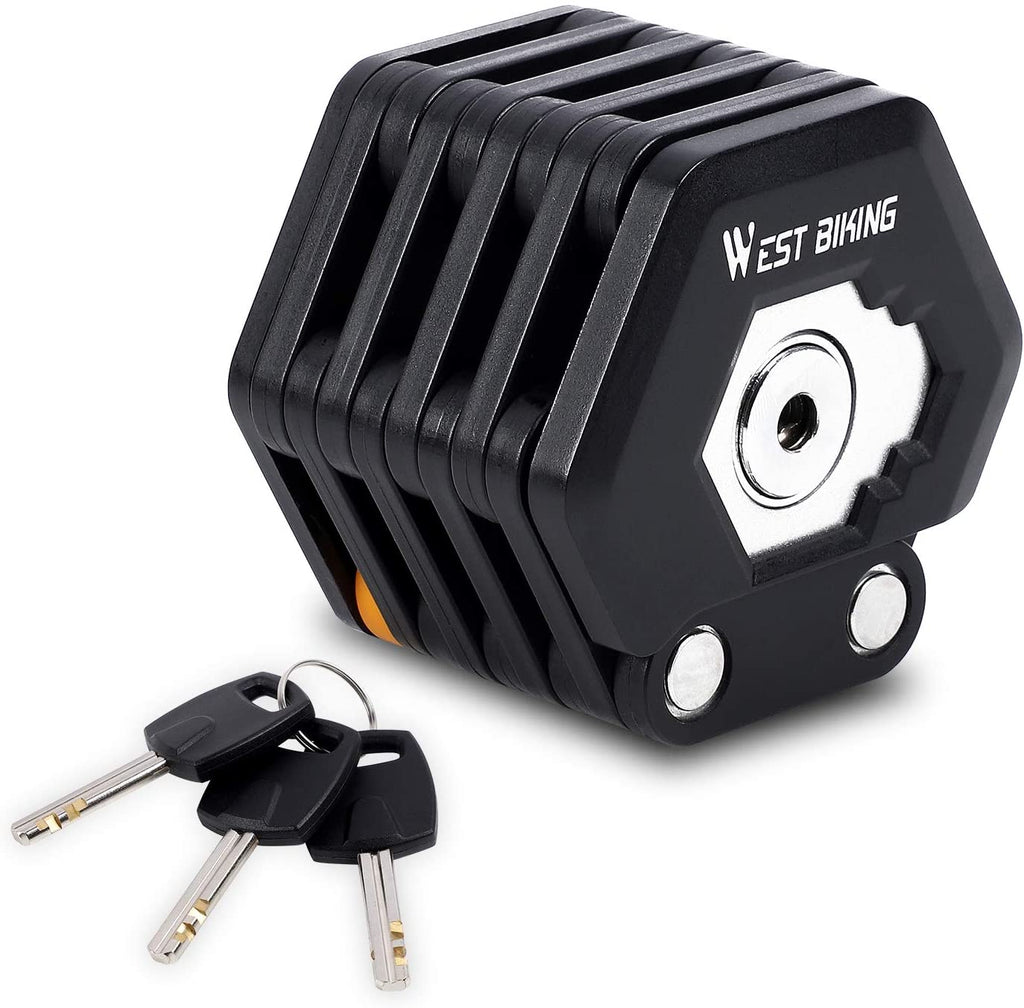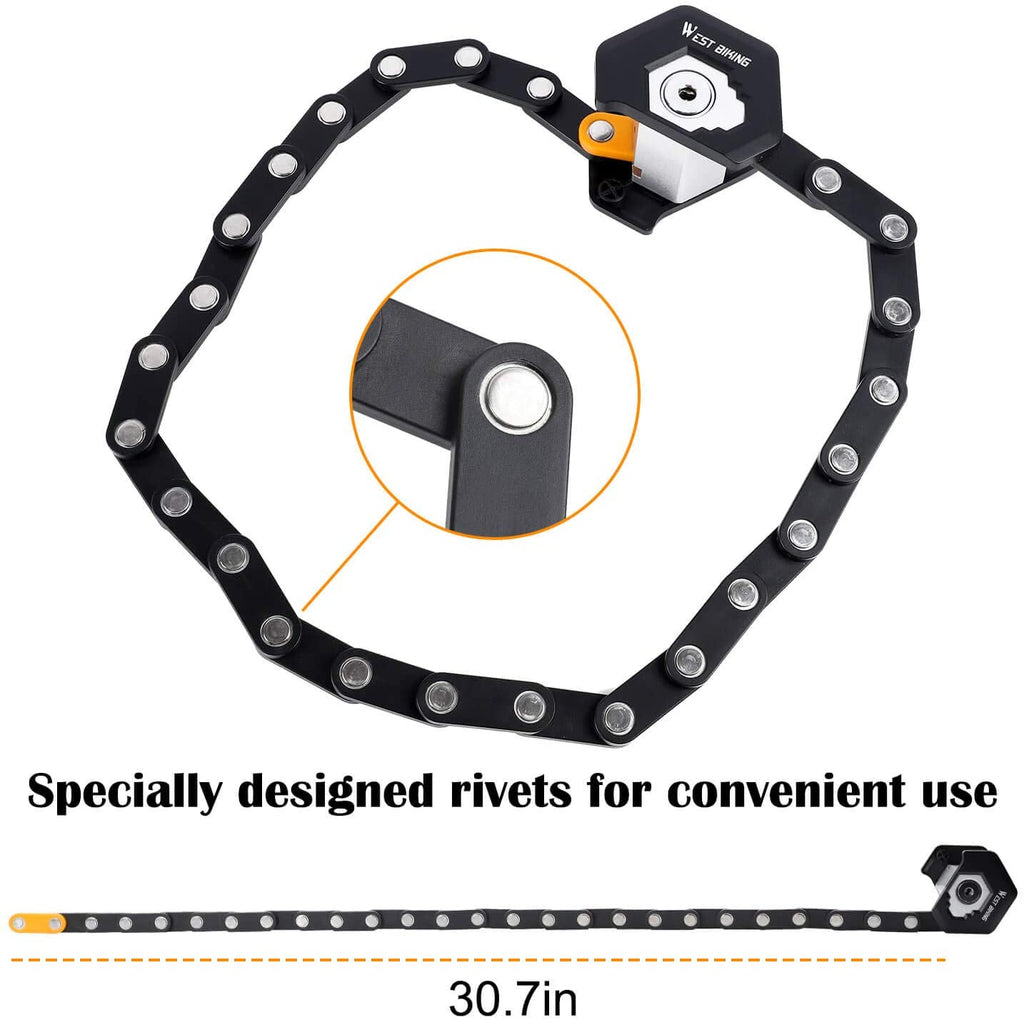The Incredible Environmental Impact of Choosing 30 MPH Electric Scooters Over Cars
Introduction
As climate change accelerates, the need for eco-friendly and sustainable transportation is more urgent than ever. Over the years, electric scooters have emerged as a practical alternative to traditional commuting.
Unlike fuel-powered vehicles, e-scooters produce zero greenhouse gases like CO2, making them a 100% environmentally friendly choice. But if you're an eco-conscious rider, you might be surprised to learn that 30-mph e-scooters are the most sustainable option available. Choosing these e-scooters over cars is a bold step toward a cleaner, greener, and healthier future.
In this guide, we’ll explore how 30-mph e-scooters contribute to environmental sustainability.
👉 Want to know more about 30-mph e-scooters? Check out: The Ultimate Guide to Buying a 30-MPH E-Scooter.
How 30-MPH Electric Scooters Create a Cleaner, Greener Future
1. Game-changing Reduction in Carbon Emissions
Cars: Fuel-powered cars are a leading cause of carbon emissions, releasing harmful gases like sulfur dioxide and CO2 into the atmosphere.
Fact: According to the EPA, the average car emits about 4.6 metric tons of CO2 per year.
E-Scooters: 30-mph electric scooters like Wide Wheel Pro produce zero direct carbon emissions and significantly reduce the overall carbon footprint of urban transportation.
Research: In Paris, e-scooters save approximately 330 tons of carbon emissions per year. Additionally, studies indicate that 45% of short car trips in major cities could be replaced by e-scooters.
Impact: E-scooters emit just 35-67 grams of CO2 per km over their lifetime, compared to petrol cars that emit 200-350 grams per km.
Moreover, you can calculate the carbon emissions through a carbon calculator.
2. Unmatched Energy Efficiency
Cars: Traditional cars rely on internal combustion engines, which burn fossil fuels inefficiently. Cars also weigh between 2,000 and 4,000 pounds, requiring more energy.
E-Scooters: 30-mph e-scooters like Zero 9 and Mantis 8 are far more energy-efficient than cars. Their lightweight design—typically 20 to 100 pounds—means they consume far less power.
Fact: A 30-mph e-scooter requires only 0.3 kWh of energy per km, while the electricity needed to charge one ranges from 0.5 to 1 kWh.
Comparison: Research shows that e-scooters are about 6 times more energy-efficient per mile than cars.
3. Drastically Reduce Air Pollution
Cars: Vehicles contribute significantly to air pollution, making urban air quality worse, especially in high-traffic areas.
Fact: Over 40% of Americans live in areas with dangerously high levels of air pollution due to transportation emissions (2022 State of the Air report).
E-Scooters: By replacing short car trips with e-scooters, cities can experience a 15-20% reduction in short-distance car travel, improving overall air quality.
Zero Tailpipe Emissions: Unlike gas-powered vehicles, e-scooters operate entirely on electricity, eliminating harmful exhaust emissions.
Noise Pollution: E-scooters operate at 40-50 dB, compared to cars that produce 70-90 dB, helping reduce urban noise pollution.
4. Eco-Friendly Manufacturing for a Sustainable Future
Cars: Car production is resource-intensive, requiring vast amounts of steel, petroleum-based plastics, and synthetic rubber.
Fact: The steel industry alone is responsible for 7% of global CO2 emissions.
E-Scooters: Many 30-mph e-scooters like Mantis 10 Lite and Mantis X Plus are built using recyclable materials like aluminum and lithium-ion batteries.
Sustainable Components: Electric scooter motors contain copper wires and magnets, which can be recycled with over 90% efficiency, reducing the need for new mining (U.S. Department of Energy).
Research: Using recyclable materials in e-scooter production reduces carbon emissions by at least 9 tons per unit compared to traditional car manufacturing.
5. Reducing Fossil Fuel Dependence
Cars: The transportation sector heavily relies on fossil fuels, contributing to climate change.
Fact: Traditional transportation consumes 60% of the world’s oil supply (U.S. Energy Information Administration).
E-Scooters: The growing adoption of electric scooters and EVs has led to a 7% decline in gasoline and diesel demand in major urban areas (EPA report).
Projection: By 2030, e-scooters are expected to displace 2.5 million barrels of oil per day (Bloomberg NEF).
Conclusion
Choosing a 30-mph e-scooter is more than just a commuting decision—it’s a commitment to a cleaner planet. These scooters help reduce carbon footprints, lower pollution levels, and conserve natural resources, making them the ultimate eco-friendly travel option.
💚 Take action today! Browse our collection of eco-friendly 30-mph e-scooters and start riding toward a sustainable future.










